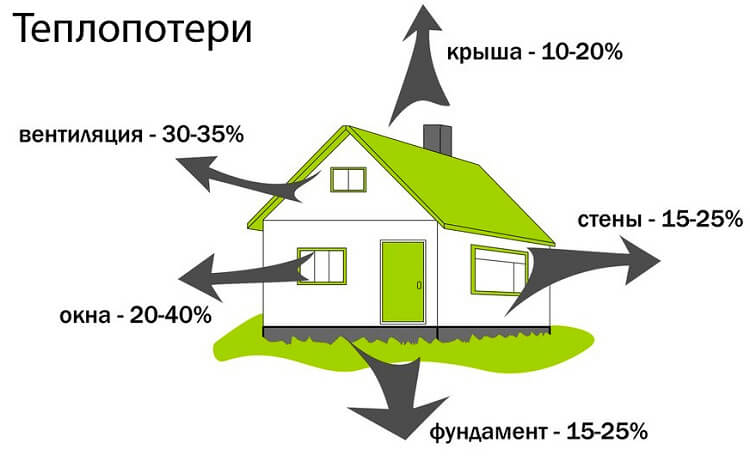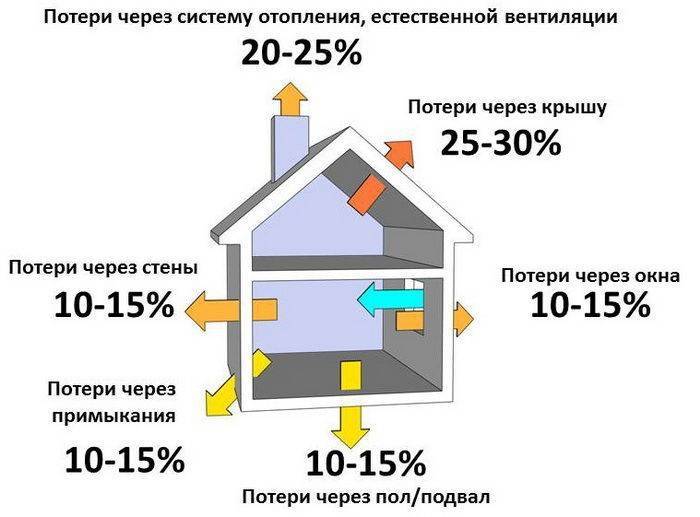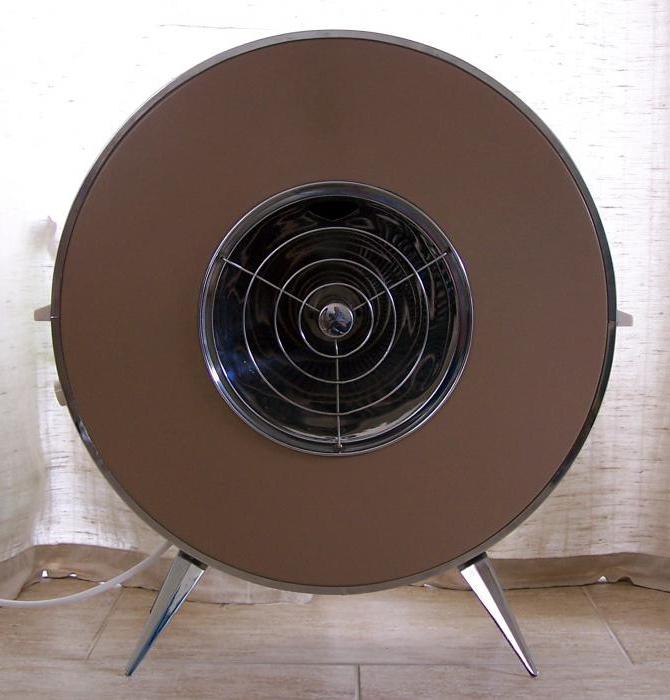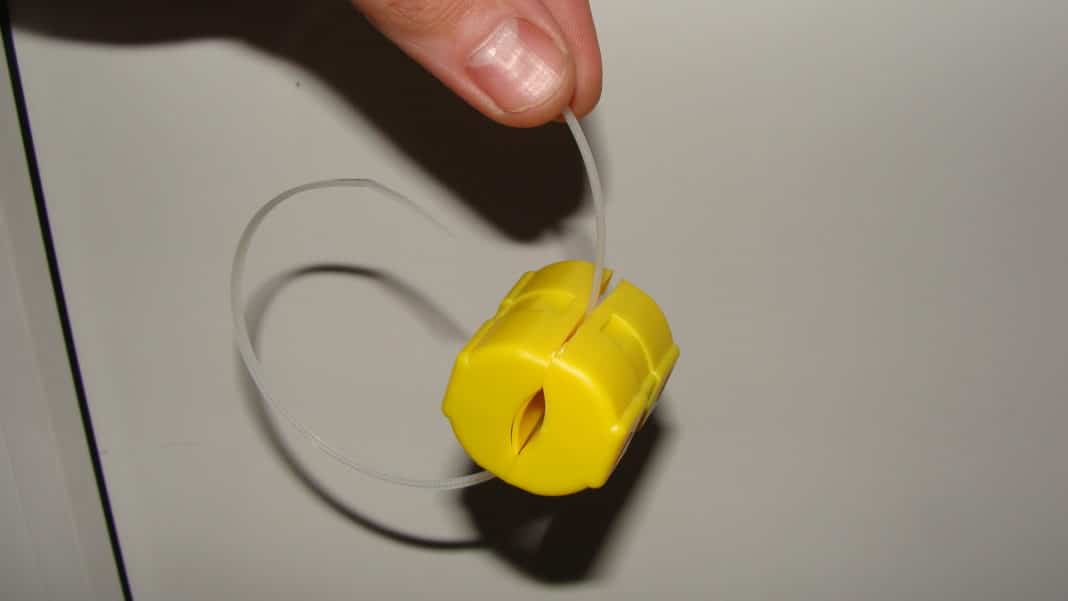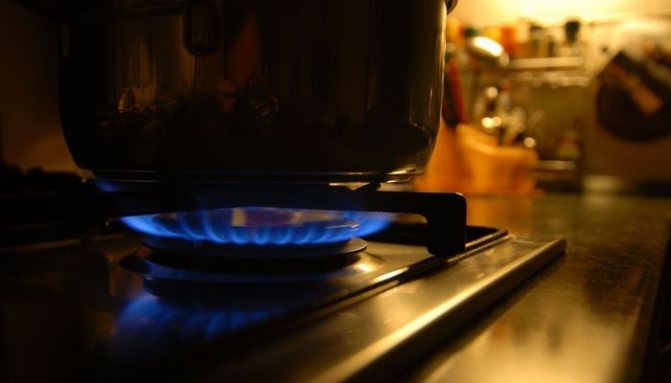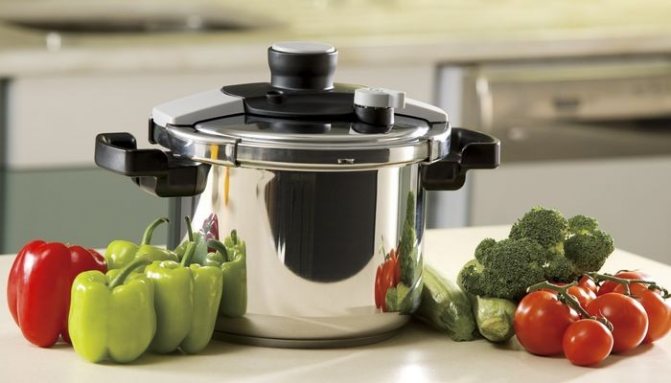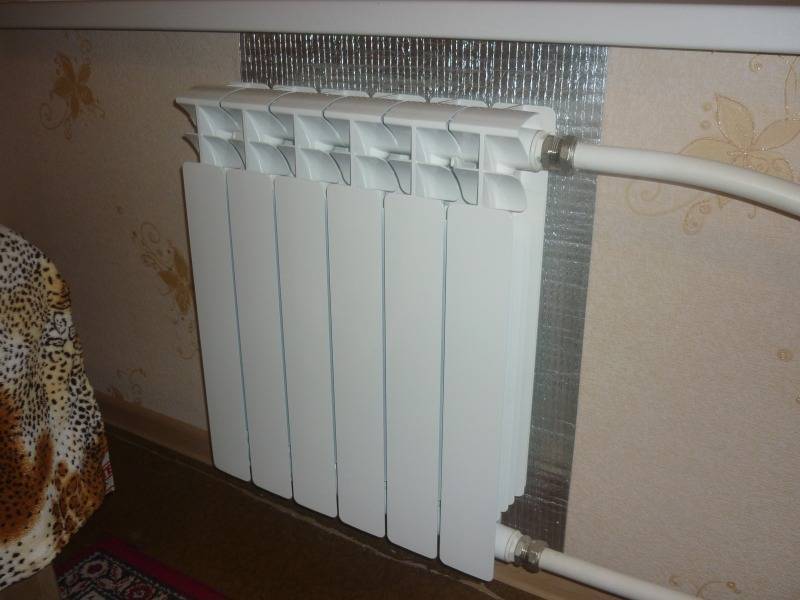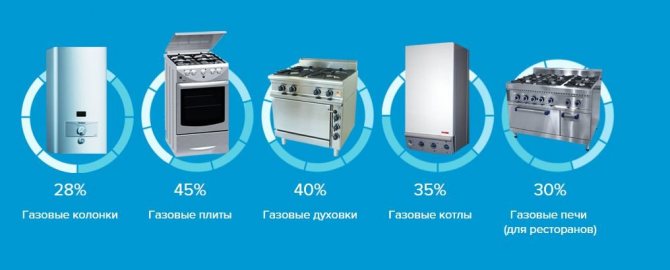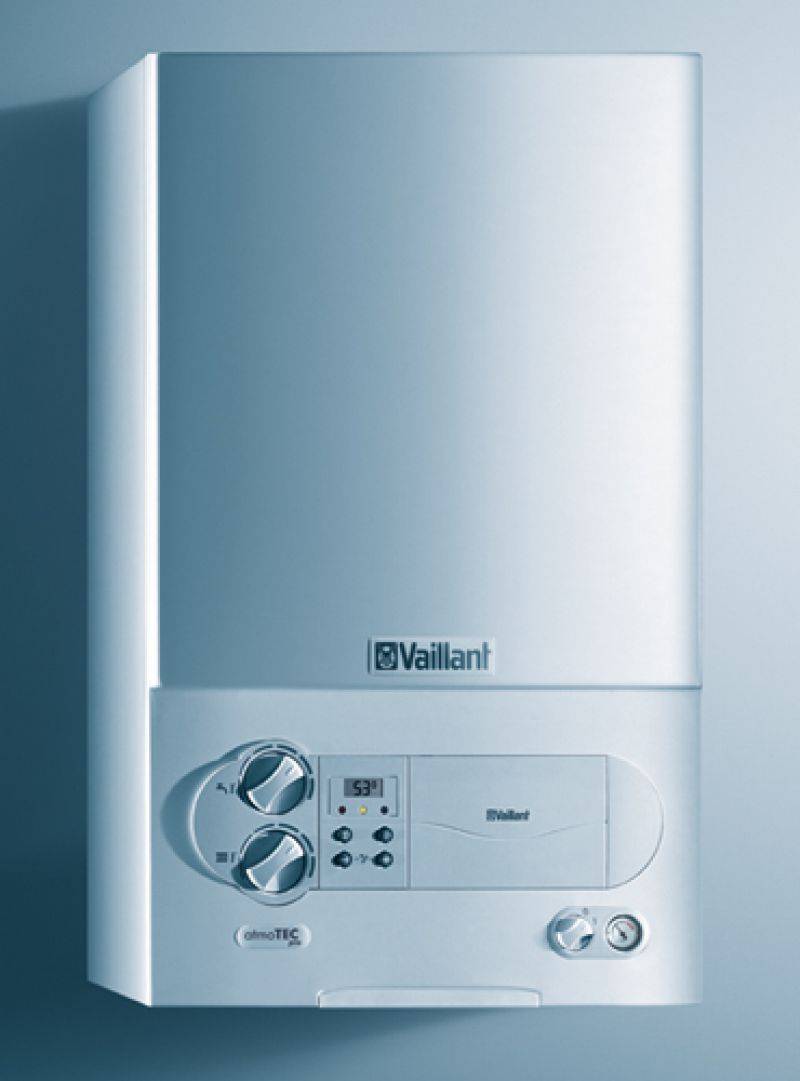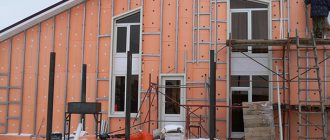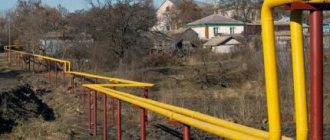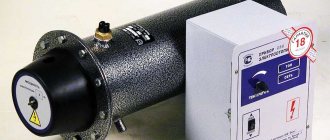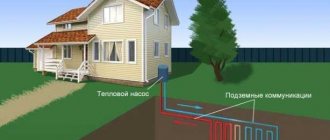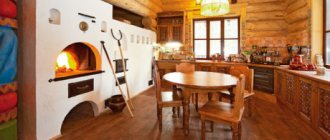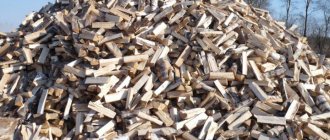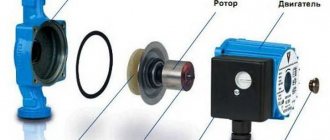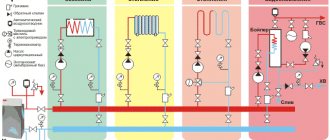The issue of gas saving is especially acute during the heating season. Two factors are pushing towards its solution: the rise in the price of blue fuel and the sharp deterioration of the ecological situation in the global sense. Both owners of private houses and residents of urban high-rise buildings want to reduce costs. There are many techniques. We offer you five types of gas savings for heating a private house that can really help you.
House insulation
This is the first way that comes to mind. To effectively insulate, you need to analyze heat losses. Think about where the cold gets into your home and how the heat goes away. It is logical to assume that most of the heat is lost through windows and ventilation, through walls and roofs. In this regard, it is necessary to take such measures.
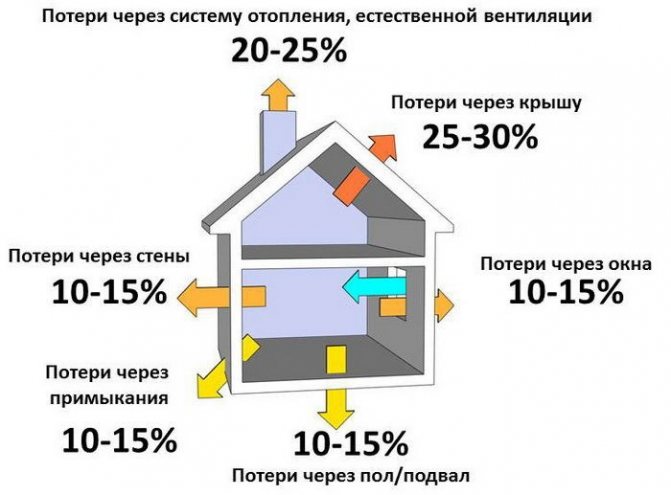
- Insulation of the roof and attic... For this, stone wool or foamed polymers are used. Covering with sandwich panels will be effective. When choosing a method of insulation, technical features and roof structure are taken into account.
- Reduction of heat losses through windows... There is no point in filling up the cracks in old windows. Better to replace them with modern energy-saving systems. On the market you will find double and triple glazed windows. Windows from a multi-contour profile have proven themselves well. Choose based on your own financial capabilities.
- Wall insulation... Front insulation is popular. After proper preparation of the wall, extruded polystyrene foam panels are glued to its outer side of the wall. Their thickness must be at least 20mm. Such a structure is reinforced with a reinforced mesh and plastered.
After completing the work, you will feel how much warmer it will become in your home. Natural gas consumption will immediately decrease by 20-30%. Such a good saving on heating is obtained.
We save on hot water supply
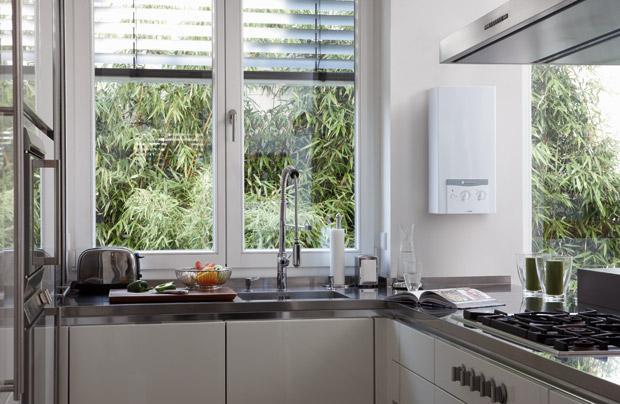

How to choose a flowing water heater
We will not describe in detail how you can save gas on hot water supply. Let's just list the ways:
- You can install an instantaneous gas water heater. It turns on only if the hot water tap on the mixer opens. So the gas meter starts spinning only when you use hot water.
- Install a double-circuit gas boiler or a single-circuit one with a boiler. This will allow one burner to provide the heating system with the heating agent and the hot water supply system with hot water.
Installing a wall-mounted boiler instead of a floor-standing boiler
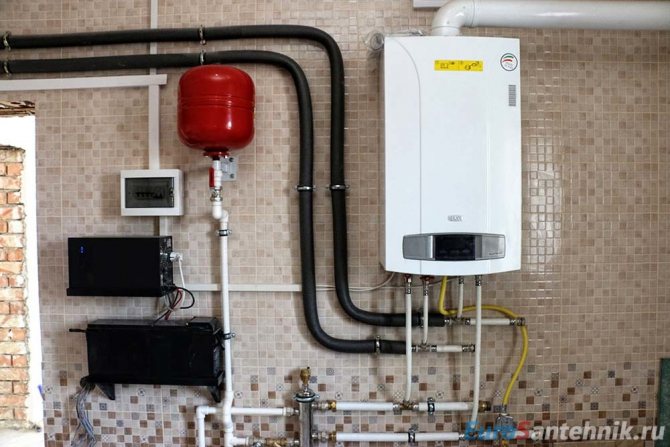

For heating a residential building with an area of up to 400 sq. it is more correct to use a wall-mounted gas boiler. This will allow you to save more on gas. The wall installation can be considered a mini boiler room. It consists of structural elements:
- expansion tank;
- the safety team;
- circulation pump;
- electronic board.
Expensive models have additional elements:
- wireless weather-dependent programmer;
- indirect heating boiler;
- circulation pump with the possibility of frequency regulation.
Single-circuit hinged tanks are often equipped with a three-way valve. It is installed at the junction with the indirect heating boiler. Heat exchangers for mounted boilers are made of copper or stainless steel.
The main savings on gas can be obtained due to the stable efficiency of the boiler. Unlike floor-standing models, wall-mounted ones most often offer forced draft solutions. The forced draft provides the combustion chamber with the right amount of oxygen. With natural thrust, this indicator is not always stable.
How to stop the gas meter with foil?
Gas metering in diaphragm and rotary devices is carried out by measuring the pressure of the gas, which seeps into a small sealed chamber, thereby setting the dial in motion. Stopping the meter with a film makes it possible to block the mechanism and metering the consumed gas.
To stop the gas meter with a film, it is necessary to introduce a special film screen inside the device, which will stop the rotating mechanism. A thin membrane is placed on the side of the dial. It is easy to move and allows you to adjust the level of economy, as well as easily removed back and makes it possible to transfer the device to the original mode.
Connecting the thermostat to the boiler
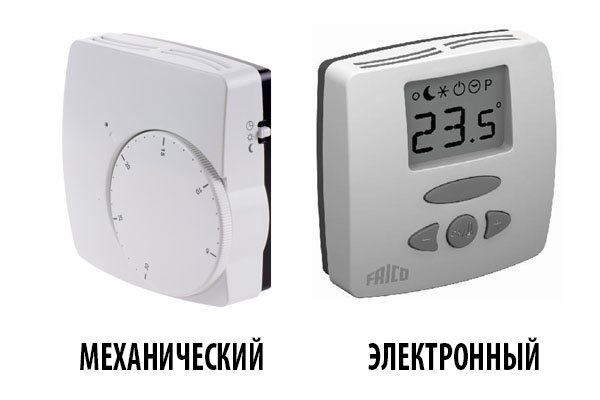

A prerequisite for cost optimization is the automation of the heating process. If the gas supply will not be regulated depending on changes in external factors, it is difficult to talk about saving on heating. Indoor and outdoor temperatures are considered to be such factors. Temperature sensors are used to take readings. They are installed inside and outside the house.
The automation principle is very simple. When the outside temperature changes, a signal about this goes to the boiler control system. The gas flow increases or decreases depending on which parameters have been set. The system constantly tests the indoor air temperature. As soon as the temperature in the house drops below the one you decided to adhere to, the gas supply increases, the boiler starts to work more intensively. The boiler will reduce operation or shut down when the temperature values set by you are reached. Saving does not harm the microclimate, but helps to maintain optimal temperature indicators.
There are boiler models that are equipped with thermostats with programmers. These are the smartest devices. With their help, you can program the temperature dependence. The device itself will calculate the operating mode.
By using the automatic adjustment method, you prevent unnecessary overheating of the media. This will save 5 to 10% of gas on heating a private house.
Magnetic Gas Saver Gas Saver
The Gas Saver can hardly be called independent. Ideally, it is worth purchasing it together with a thermostat device if there is a boiler in the house or apartment.
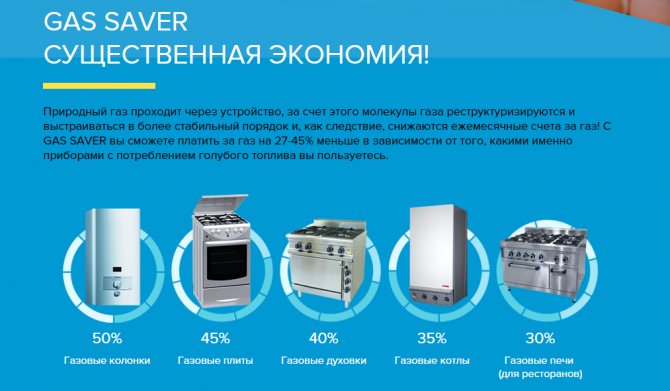

Benefits of using the Gas Saver
The affordable price attracts many people who want to buy this device. Nevertheless, the reviews about such a device are very different. To draw personal conclusions, you should try to install the equipment in your home and calculate how financially economical it is to use it.
Room adjustment
Not all rooms need to be heated equally. It is not necessary to maintain the same temperature in rooms for different purposes. Those requiring increased gas costs include:
- bedrooms and nurseries;
- showers and bathrooms, toilets;
- living rooms and offices.
Non-residential rooms will require less heating:
- storerooms and storage rooms;
- sports or gymnasiums;
- garage premises;
- working workshops.
Regulators are installed separately for each radiator. These are small devices. Their task is to decrease or increase the flow of the coolant volume in the battery. Or a complete overlap of the feed. There are several types of thermostats. Each of them works according to a special principle, has advantages and disadvantages.
- Mechanical... They imply manual adjustment of the coolant volume. The main advantage of mechanical regulators is the low price and simplicity of the device. The degree of heat transfer from the radiator is manually adjustable. You can independently determine the amount of coolant entering the battery.
- Electronic... Readings are taken from remote sensors.The device is based on a programmable microprocessor. There are control buttons on the regulator. With their help, the desired temperature is set. Some models of electronic regulators can control both a pump and a mixer. There are two types of electronic thermal sensors:
- Mechanical thermal heads. This is a valve that at a certain moment squeezes a special fluid. It expands when heated and decreases when it cools. The adjustment error remains.
The installation of thermostats allows you to optimize the gas consumption by choosing the mode of heating the water in the boiler. You can create comfortable conditions in each room. This will save from 5 to 10% of the funds that you pay for gas.
How much does a foil gas meter cost?
The cost of a modified gas meter depends on the model:
| Model | Cost, rub. |
| BK-G4 | 10000 |
| BK-G4T | 11000 |
| BK-G6 | 13000 |
The cost of the gas meter with Elster BK-G6T film depends on the location of the inlet pipe and the center distance:
| Location of the nozzle | Center distance, mm | Cost, rub. |
| Left | 250 | 13000 |
| Left | 200 | 15500 |
| Right | 250 | 15500 |
| Right | 200 | 15500 |
Installing a condensing boiler
There is another way to achieve savings in comparison with a conventional boiler in 10-15% of the consumption of gas consumed. Install a condensing boiler. The boilers get their name because the system uses the kinetics of water released along with steam.
The technology is based on the laws of physics. After the combustion of the gas, carbon dioxide and water molecules are released. The liquid evaporates and generates heat. Condensation of the resulting steam allows the return of thermal energy, transferring it to the coolant. A special compartment is provided for steam in the condensing unit. It acts as a heat exchanger.
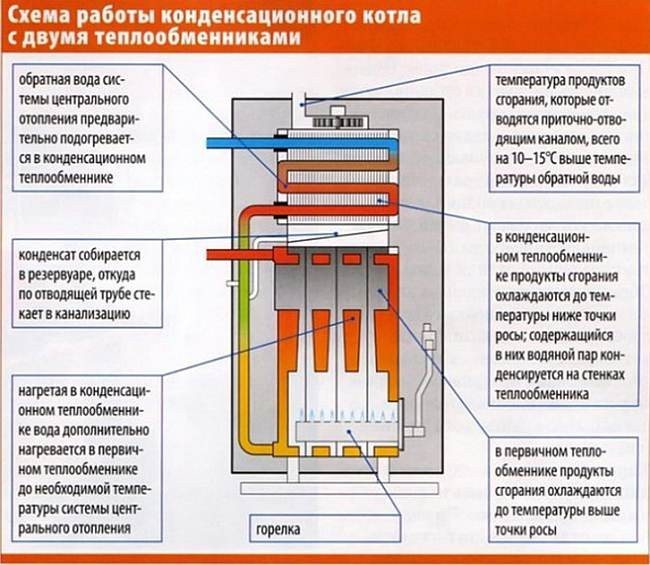

Economical technology is the reason that condensing boilers are used by 70% of the population in Europe. In addition to high efficiency indicators, they have other advantages:
- compact size and light weight;
- the ability to accurately modulate the required temperatures;
- low temperature of exhaust gases;
- low noise level during boiler operation;
- small amount of harmful emissions.
The efficiency of condensing equipment is more than 100%. The main disadvantage of such installations is their very high price. It is on average 50-80% higher than the price of a conventional boiler. The cost depends on the capacity of the installation, the number of circuits with which it is equipped. The material of the heat exchanger, the number of operating modes are also taken into account. It may be that high-tech equipment will not pay off in the first year of its use.
Important! Ideally, such boilers work only in low-temperature heating systems, such as hot water floors. In other systems, the efficiency practically does not differ from traditional wall-mounted boilers.
Don't release heat into the pipe
A modern smart and sustainable home should use every opportunity to save heating within its space. This property is given to the dwelling by the heat recovery system. It works like this:
- special heat exchangers are installed in the ventilation exhaust ducts that bring warm and humid air to the street, which are connected to the inlet ventilation pipes;
- as the warm air passes outside, it heats up the cold air coming from the street. Thus, fresh air enters the house already slightly warmed up.
If we calculate how much heat is needed to heat 1 m3 of air by 1 ° C, we get 0.312 kcal / m3 * deg. 1 m3 of gas releases about 8000 kcal during combustion. The efficiency of a gas boiler is about 90%.
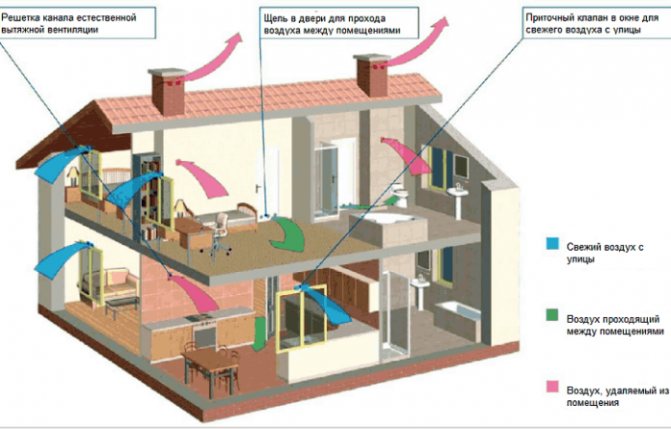

In a private house with a living area of about 100 m2, the average rate of air exchange per hour should be at least 3 m3 per 1 m2 of area, that is, 300 m3 every hour. This figure will amount to 7200 m3 per day.Therefore, when the incoming air is heated by 10 ° C, the savings will be 22464 kcal or about 3 m3 of gas per day for heating.
And if we take into account that the air exchange in kitchens, boiler rooms with gas burners should be, according to SNiP 2.08.01-89 * "Residential buildings", up to 90 m3 / hour for each 1 m2, then we get a figure of saving up to 5-6 m3 of gas every day.
With the cost of blue fuel for the population on average 8 rubles per m3, the savings will be 40-50 rubles daily or up to 1200-1500 rubles monthly for heating.
Method 1: Warm up
A warm house is a structure with a minimum number of spontaneous air exits from the house. The easiest way is to insulate a house that is just being built - modern technologies make it possible to achieve great success in this area. But the old house will have to be insulated on purpose.
Most of the heat is lost through the roof, floor, doors and windows.
Putting good doors and windows is not a problem. However, costs can be minimized by a special layout of the house. Windows and doors should be located where the sun is most and the wind is least. It is easy to estimate where the sun will shine - in the northern hemisphere it is a combination of south and west. As for the prevailing winds, you need to study the wind rose, according to which you can place the windows.
If you already live in a house where no one took into account geographical and climatic factors, then you can create additional obstacles in the path of the winds from buildings such as a veranda or trees, mainly conifers. They will not only create coziness, but also significantly reduce heat loss from strong winds.
However, the use of green spaces as protective barriers is a creative business, since they close the windows not only from the wind, but also from the sun.



